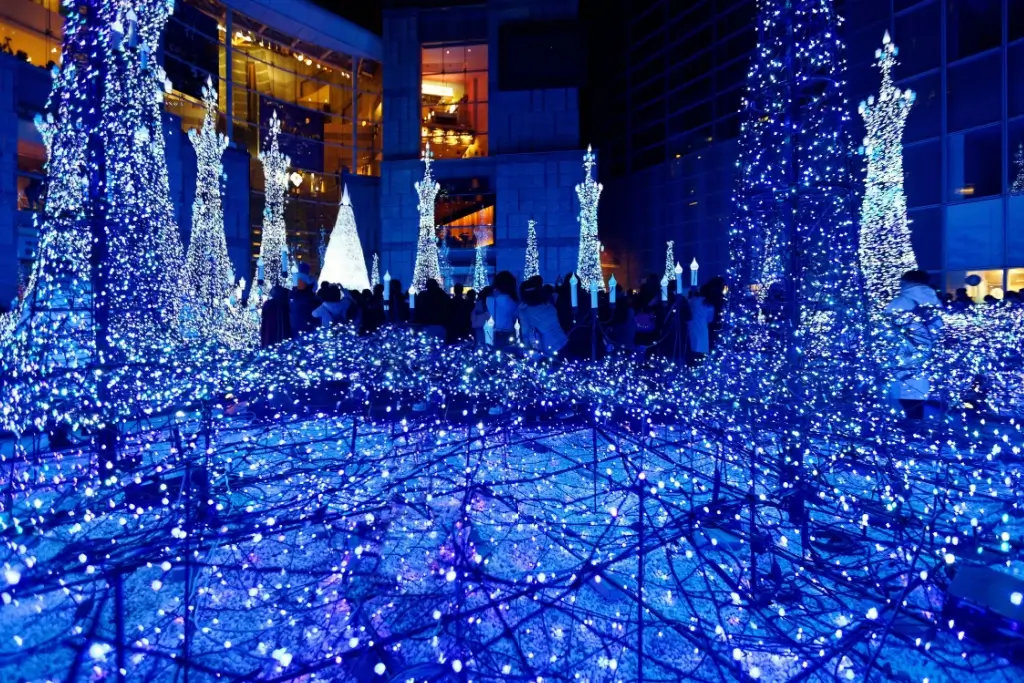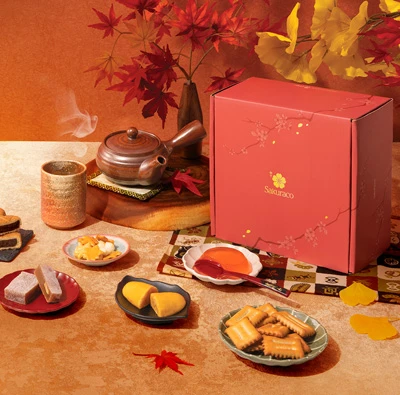Discover authentic flavors with Sakuraco
Enjoy new Japanese sweets, snacks & tea every month starting from $32.50 USD

While Christmas Day isn’t a national holiday in Japan, its popularity has grown remarkably. So, how did this tradition start, and what makes it so special in Japan?

Before modern technology, people were often at the mercy of fate and had to rely on any other means they could find to make everyday decisions. Rokuyo is one such trusted resource.

Recently, two portraits of the 26 Martyrs of Japan have been returned from the Vatican, arriving back in their homeland after decades. These famous Japanese paintings allow viewers to connect with a remarkable part of Japan’s past.

Winter illuminations have become a tradition in Japan at the start of every Christmas season. Their sparkling brilliance chases away the cold of Japan in winter and encourages people to enjoy festive year-end activities. Let’s explore the origins and the amazing spots of winter illuminations in this beautiful country!

Paper has always played a significant role in Japanese culture. It is the foundation of many of the country’s art forms and plays a vital role in numerous customs. But karakami stands out among Japanese paper types as an irreplaceable part of many traditional Japanese art forms and ceremonies. It adds its elegance to all manner of aesthetics, in crafts, ceremonies, writings, and even interior design.

Finding a memorable Christmas dinner in Japan can range from relaxed hotel buffets to refined multi-course experiences. Celebrating over dinner is considered a classic alongside other Christmas traditions, such as KFC.

Hello, Sakuraco community! We hope you’re doing well. Here are the winners of the October 2025 Reviewer Contest!
Enjoy new Japanese sweets, snacks & tea every month starting from $32.50 USD

